Previous
People who know their stuff: the mixology edition


Your dream house is one step away from you.
Subscribe to our newsletter and get 10% off orders of at least 100€!
Enjoy it and don’t miss out on our offers and updates.


São Tomé and Príncipe are two islands in the Gulf of Guinea, off the western coast of Central Africa. Together they constitute a nation state, independent and largely untouched by mass tourism. Here I meet an Italian couple who have retired from a busy working life in NGOs and today run a lodge. Both from Emilia, after years spent in Sub-Saharan Africa, they get their cooks to prepare tortellini and lasagne every evening.
I also meet Claudio Corallo, who tells me and a handful of other visitors the story of his chocolate, in a Portuguese marked by a Tuscan accent and aspirations that not even forty years in Africa (including several in the jungle of Zaire - today’s DRC) have managed to remove. A total of four Italians but here, on the two islands, everyone knows them. Corallo produces the best chocolate in the world, and for this he is also known well beyond the limits of São Tomé and Príncipe.
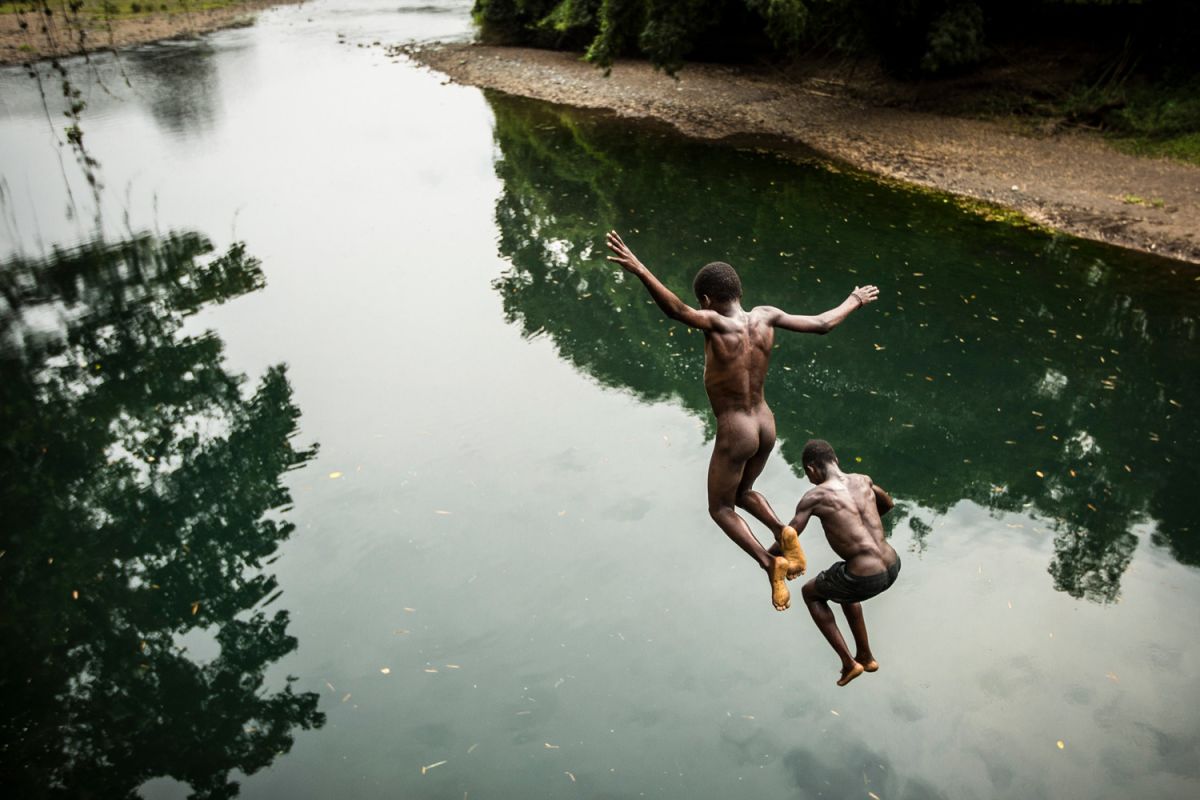 credits: Isabel Saldanha
credits: Isabel SaldanhaAlthough Made in Italy is a widely accepted brand these days, I’m beginning to think there’s an Italian way of doing things that would be worth patenting in its own right.
Corallo is an agronomist who specialises in tropical crops; he has looked after coffee plantations in the dark heart of Africa when everything was far less connected and you had to travel miles in a canoe to reach the nearest town. Having achieved considerable qualitative and quantitative success in coffee production, he arrived in São Tomé and Príncipe with a new mission to indulge his restless and perfectionist demon: to study the raw material of cacao, refine it and bring it to excellence.
Claudio does not accept the premise that pure cacao has a naturally bitter taste. Like any good Tuscan, he thinks in terms of olive oil: the oil is not bitter if the olives are high quality and carefully processed. He starts with the raw material and spends good money to have the best cacao beans in the world shipped to him, but it’s on one of these two islands that he finds the best of all.

They were tended by monkeys who, greedy for the sugary pulp that grows around the seeds, had created entire nurseries thanks to the spontaneous germination of the remains of their feasting. And this is where Corallo moved to: among the monkeys, growing cacao.
It was time to look carefully at the processing and find out how to subdue the bitterness of cacao. As with any empirical research, Corallo proceeded by trial and error but, instead of giving up, a kind of eager creative adrenalin grew in him.

He developed a method of natural fermentation in order to control the aromatic evolution of the beans: thanks to the correct temperature curve, fermentation no longer means the end of aroma, but a controllable transformative process.
The roasting phase is delicate too: a few minutes too long or too short and the cacao loses its joy or becomes coarse-flavoured. Corallo filled entire notebooks with timings and outcomes, until he found the exact instant and fixed it forever, establishing the ideal procedure.
But it doesn’t end there. The beans are covered in a woody rind (integument) under a golden skin, and inside they have a hard, bitter radicle. The most common and approximative processing method involves the beans being hulled by machine and ground, breaking down the tough radicle.
The result? The bitterness of the radicle affects the paste (the product of the milling is not powder but - because of the natural fat content - a paste) and, degraded by being ground into minuscule particles, the cacao loses its fragrance. And so Claudio pods the beans manually, one by one. He also removes the tiny radicle and, as the beans are now less tough, they can be ground less finely, preserving the fragrance of his beloved cacao.
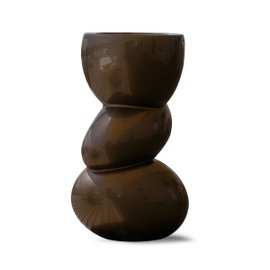
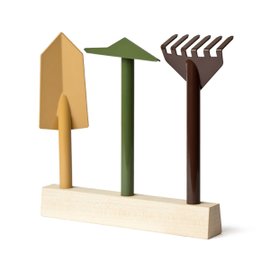
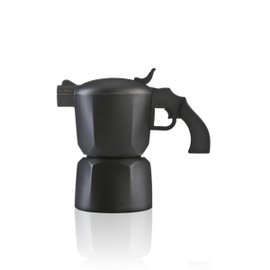
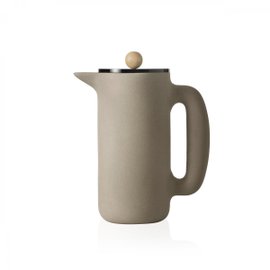
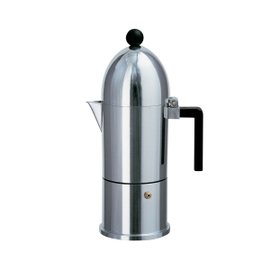
And finally, he goes wild with the mixing. 100% cacao chocolate, cacao and coffee (at least three different types, to tell the truth), cacao and liqueur, cacao and orange peel, cacao and cinnamon…
For tasting too, Corallo has his obsessive recommendations: like wine, chocolate should not be tasted cold but at room temperature. This is why he keeps his bars of chocolate in the pocket of his tattered jeans.
Barefoot, Corallo skips from one anecdote to the next and answers questions (the same questions as forty years ago?) with genuine, deep enthusiasm. His is a story of a custom-made product, developed with the same meticulous care taken by the winemakers of his native land. A story of research and development that, strangely, comes from Africa but whose methods and outcomes are one hundred percent Italian.
I’d like to say I’m not biased, but on two islands where cacao and coffee were imported from Latin America first by the Portuguese and later by the Brazilians, where since 1975 the native inhabitants have managed their resources independently, the banner of quality is raised by local chef João Carlos Silva (a celebrity on RTP Africa television) and an Italian.
The symbiotic relationship with the land, the obsessive quest for perfection, the philological approach to production, the tenacity, patience and creativity: how often do we come across these properties in stories of Italian design?

 Bacche di pepe, credits: Isabel Saldanha
Bacche di pepe, credits: Isabel SaldanhaI buy a few of Corallo’s products, including the famous pods, which he recommends should be used to make fragrant infusions. Nothing is wasted, not even in cacao.
Before I leave he shows me some small vials containing different types of peppercorn. It’s my new obsession, he confides; I want to produce the best pepper in the world. He says it just like that, as if excellence were an easy game to play. Maybe it is, for some.

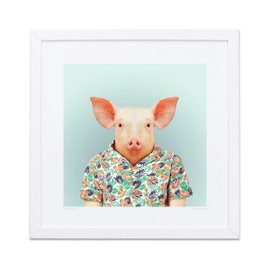
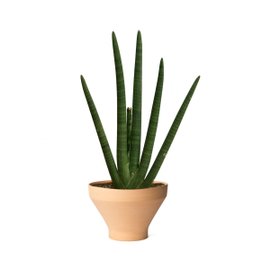
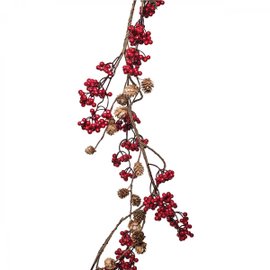
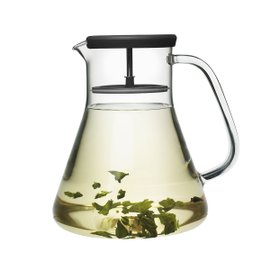
Gifts
Matteo Thun
Matteo Thun Atelier
Textiles
Fest Amsterdam
Seletti
Marcantonio Raimondi Malerba
Lighting
The best of Design
Lighting
Outdoor
Qeeboo
Studio Job
Home Accessories
The Crazy Summer Mood: time to go outdoors
Lettera G
Studio Habits
Furniture
Kids
Twentyfirst
Twentyfirst Design Lab
InternoItaliano
Giulio Iacchetti
Dining
Viceversa
Muuto
Mette Duedahl
Alessi
Aldo Rossi
Dining
Ferm Living
Evermade
Paris Mon Amour
Xone
Christmas
Livellara
QDO

 Back to
Back to
Size*
Quantity*




